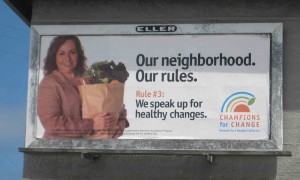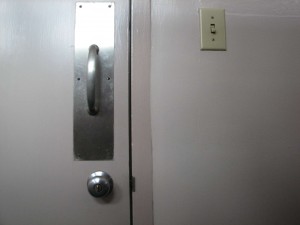When times get hard, marketing is one of the first things to get cut. Consumers have less money, so why market to them at the same pace? And with a smaller budget, are those people in the marketing department even necessary?
As a matter of self-preservation, marketers like to counter that a recession is actually a great time to sell more aggressively. When others are cutting back, you can gain market share at relatively low cost by doing the opposite. And we’ve always had a few juicy stats to prove the point, with an article in yesterday’s Wall Street Journal providing fresh fodder.
In Q1 ’09, New York Life grew its market share to 5.4% from 3.9% a year earlier. It did this by increasing its advertising budget by 24%, and telling its agents they had a “moral obligation” to present the company’s strength to clients. Ads changed from a sentimental teddy bear theme to a serious message about financial stability. By second quarter, the firm had leapfrogged from ninth to second place in revenues from premiums and annuity deposits as many clients put extra money into their life insurance policies.
Bed Bath & Beyond was equally aggressive, increasing advertising expenditures to 3.7% of revenue in 2008 from 3% in 2006. Much of that money was invested in targeting the 100 key stores of a major rival, Linens ‘n Things. Linens coupons and discounts were matched dollar-for dollar. The payoff: Linens ‘n Things went out of business. And with its increased marketing share, sales at Bed Bath & Beyond were up 2.8% for its quarter ended May 30, compared to an drop of 13% in the home furnishings sector overall.
If you’re a marketer, sink your teeth into those stats next time you present to the money people—and be sure to tell them you need some strong creative help to get the right message to your audience. WSJ reminds us that Campbell’s Chicken Noodle Soup (comfort food) and Revlon nail polish (affordable luxury) are products of the depression that are still successful today, born of aggressive marketing and a well-told story at a time when others were cutting back.

